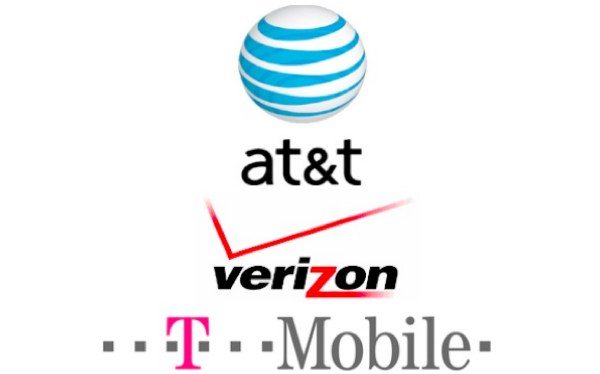Yesterday we brought readers some news about the upcoming new VZ Edge plan from Verizon. This is claimed to benefit customers who would like to upgrade their smartphones more often. The main carriers will be slogging it out with their new upgrade plans, so with that in mind we thought it would be interesting to compare Verizon VZ Edge vs. AT&T Next vs. T-Mobile Jump.
After recent moves from AT&T and Verizon to extend upgrade periods to 24 months, we then saw AT&T and T-Mobile introduce new upgrade options. Verizon is set to join the fray in August and we want to give you some of the highlights of the three plans so you have an idea of what they each offer.
We’ll start with the freshly leaked VZ Edge. This will be available on full retail priced smartphones or tablets with a minimum price of $349.99. Customers can pay the full price over 12 months with a finance charge of $24, which of course only works out at an extra $2 monthly. You can then upgrade your phone once you’ve paid off half of the device price, with no contract agreements or upgrade fees, and lower upfront costs.
Those using the Device Payment Plan can also benefit from Share Everything prices and data sharing. At the time of purchase you’ll need to find the initial payment plus the finance charge of $2 and then the following payment will appear on your next bill from Big Red. At any time you can pay off the remaining balance of the retail price, and this plan is subject to a maximum of two open Installment plans for each customer, after credit approval.
Next we’ll give you some info about AT&T Next, which has just been announced. With this plan you can obtain a new device with no down payment, and upgrade and activation fees will be waived. Unlike Verizon there is no finance fee for the monthly device installments. If you chose to pay the balance of the plan early, then there is no penalty to pay, and customers only have to wait 12 months before they can trade in. Alternatively, customers can choose to keep the device and pay no more installments after 20 months. The AT&T Next upgrades require no extra monthly fee.
Finally we move on to T-Mobile’s Jump, which allows you to upgrade twice every 12 months, subject to a $10 monthly charge that includes insurance for the device. This plan requires you to purchase a new smartphone with a Simple Choice Plan and using the Equipment Installment Program. When you add Services to your order you’ll then be able to enrol in Jump for $10 monthly, and six months after enrolling you can then upgrade. You’ll also benefit from the same price as a new customer if you trade in the device each time you upgrade.
All of these three new upgrade plans are hugely complex with plenty of conditions and also some snags that are not immediately clear. If you want to get more idea of how they work then Droid-Life gives some great examples that may show you that they are not everything they may seem. They are extra options, but ultimately these plans have been established to make Verizon, AT&T and T-Mobile more money.
In conclusion T-Mobile’s Jump plan seems to be the cheapest option, but many customers may feel they need to stay with Verizon or AT&T because of their coverage and networks. We’d be interested to hear your thoughts on these new upgrade plans, so do send us your comments. Do you wish that these sorts of plans were all made a lot simpler? In your opinion, do the plans benefit the consumer or the carriers more?
